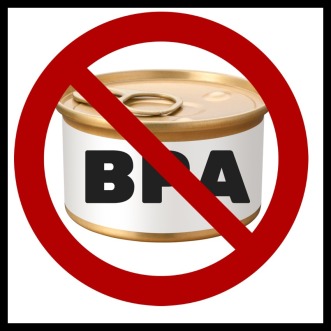 From the time I was about 14 years old, I had annual appointments with a gynecologist to be tested for cancer. When my mom was pregnant with both my sister and me, she was given a medication called Diethylstilbestrol (DES). It was a medication that was given to pregnant women from about 1940-1971 to reduce the risk of miscarriage. Not only was this drug proven to be ineffectual for that purpose, but in 1971, a report was published in the New England Journal of Medicine showing a probably link between cancer in DES daughters, the girls who had been exposed to it in utero.
From the time I was about 14 years old, I had annual appointments with a gynecologist to be tested for cancer. When my mom was pregnant with both my sister and me, she was given a medication called Diethylstilbestrol (DES). It was a medication that was given to pregnant women from about 1940-1971 to reduce the risk of miscarriage. Not only was this drug proven to be ineffectual for that purpose, but in 1971, a report was published in the New England Journal of Medicine showing a probably link between cancer in DES daughters, the girls who had been exposed to it in utero.
DES is an endocrine disruptor, meaning it messes up hormone function. The National Institute of Environmental Health Sciences states that many common environmental pollutants are also endocrine disruptors. Furthermore, the NIEHS reports that endocrine disruptors may pose the greatest risk to human health during prenatal and early postnatal development, when organ and neural systems are forming. A classic example is Bisphenol A (BPA), which was thankfully removed from baby bottle nipples. However, it is still found in many other places, such as the lining of tins, plastic toys and containers – even the receipts you receive from stores. Many products now proudly label their products BPA-free, but that doesn’t mean that they don’t contain something equally as bad, or even worse.
I might be a little more nervous about endocrine disruptors because of my history. We now know that these disruptors can make genetic changes that are passed on for generations. So my children were exposed to DES by virtue of the fact that I was. Then, unbeknownst to me, they received more doses of endocrine disruptors from the meals that I painstakingly cooked for them from canned ingredients. Ironically, I made sure that the products were organic, not knowing that pesticides were not the only concern I should have about those cans of beans or tomatoes.
To limit exposures, I now buy organic tomato puree in glass bottles, and dry beans which I soak and then boil before they become a vegetarian creation. It’s not as quick and easy as opening a few cans and throwing together a chili, but it’s a step that we can take to limit our exposures. And I no longer store the leftovers in plastic containers or wrap. It takes some planning but I believe that it’s worth the extra steps. That’s what I call putting the plan into action!
If you want to read more about BPA, you can go to https://www.niehs.nih.gov/health/topics/agents/sya-bpa/
You can also read about BPS, commonly used instead in BPA-free products http://www.scientificamerican.com/article/bpa-free-plastic-containers-may-be-just-as-hazardous/
And the link between endocrine disruptors and health:
https://johnmolot.com/2016/04/15/better-safe-than-sorry/
https://johnmolot.com/2015/09/28/linking-mcs-autism/
https://johnmolot.com/2015/01/19/suprises-in-the-pantry/
Leave a comment